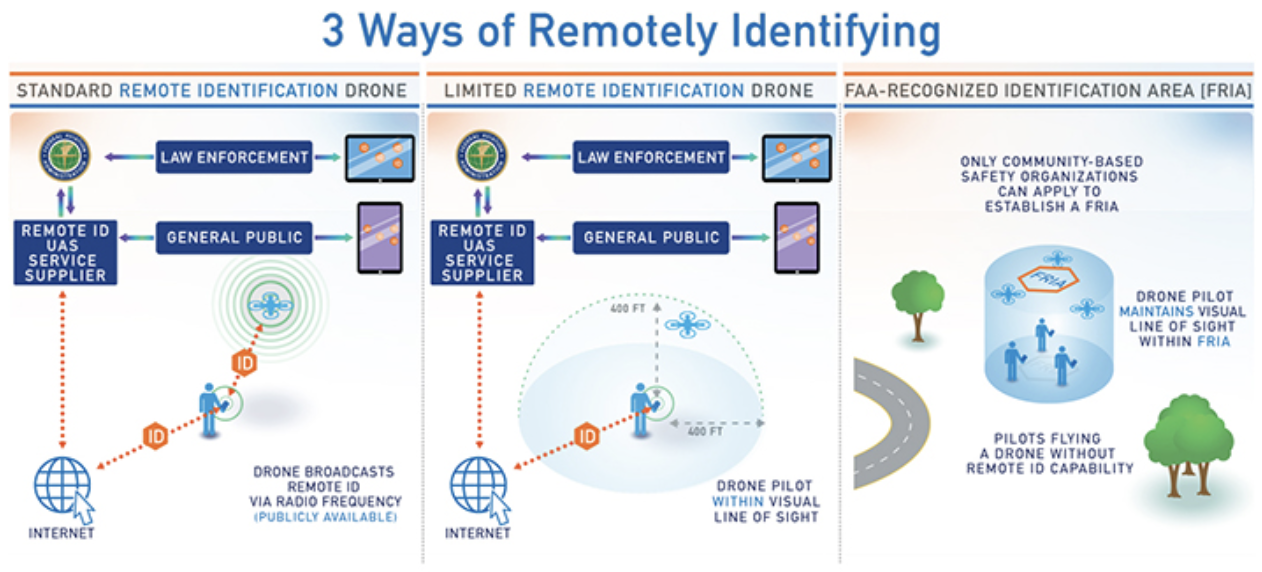RemoteID Is Changing Just About Everything In The Drone Industry. Drone Insurance Is No Exception. The Drone Insurance Industry Is Quickly Adapting To This New Standard

A new report released by one of the largest drone insurance specialty brokers highlights the impact RemoteID will have on drone insurance and its future implications in operational safety for the industry. On May 5th, the FAA issued a press release that set in motion its vision for the future integration of RemoteID along with listing several launch partners that will assist the administration.
The report from BWI Aviation Insurance highlights the cost of compliance implications along with the improvements in safety expected to come with the introduction of RemoteID. The Drone Insurance industry has been rapidly adapting to the increasing variety of utility applications for drones and the introduction of RemoteID will enable even more utility uses. Many drones are already carrying out mapping and surveillance, along with pipeline patrol and construction site photography.
BWI aviation insurance has been at the forefront of the commercial drone insurance industry for the past 6 years and as the industry has grown, so to have insurance requirements, stipulations and safety concerns. According to Matt White "Many engineers and UAS professionals anticipate technical headaches with ambitious first generation RemoteID systems, due in part to major 5G implementation challenges, and so expensive RemoteID upgrades will likely be necessary. Adding electronics to a drone raises its price, increases vehicle weight, and decreases flight time."
RemoteID will enable the future of drone utility use expansions including passenger transportation, drone delivery and wide ranging uses that we can only dream of today.
The RemoteID system was designed to promote operational safety and effective law enforcement from the beginning. There is good reason to be optimistic about achieving a safe and harmonious UAS flight environment in the near future, but because so much of the technology is new, strong emphasis must be placed on thoroughly testing novel systems before they are trusted. Drone operators need not look further than the internet of things (IoT) industry to observe the consequences of pushing products to market before they are ready.
